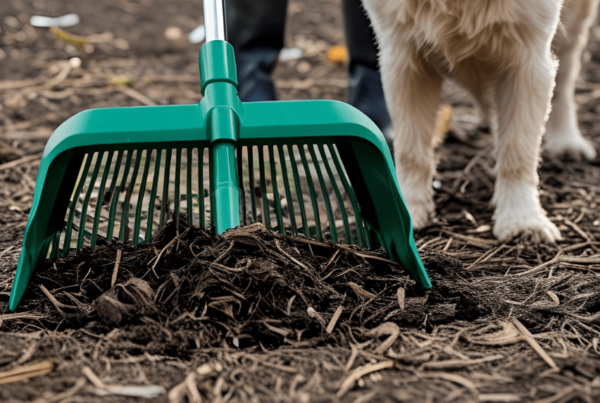This article is courtesy of Pet Scoop in Denver, CO
Welcome to Barkology 101, where we delve into the intriguing world of understanding dog barking, canine communication, managing excessive barking, and decoding the secrets of dog vocalization. If you’re a dog lover like us, you’ve probably wondered, “Why does my dog bark?” and “How can I stop excessive barking?” In this article, we’ll provide insights into these questions and help you build a stronger bond with your furry friend.
Understanding Dog Barking:
Dog barking is a form of communication, and just like humans, dogs have various reasons for expressing themselves through barks. Here are some common motivations behind your dog’s vocalizations:
- Alert Barking: Dogs often bark to alert their owners to something unusual or suspicious. It’s their way of saying, “Hey, pay attention, something’s happening!”
- Territorial Barking: Dogs are protective of their territory, whether it’s your home or the yard. They bark to let potential intruders know that they’re on guard.
- Loneliness or Anxiety: Dogs may bark when they’re lonely or anxious, seeking companionship or reassurance from their owners.
- Playful Barking: During playtime, dogs use barks to express excitement and invite interaction. It’s their way of saying, “Let’s have fun!”
- Attention-Seeking Barking: Some dogs learn that barking gets them attention, whether it’s treats, playtime, or cuddles. They use this tactic to get what they want.
- Fear or Aggression: In some cases, barking can be a sign of fear or aggression. It’s important to understand the context and body language accompanying the barks in such situations.
Managing Excessive Barking:
While barking is natural, excessive barking can become a nuisance. Here are some strategies to manage and reduce excessive barking:
- Training: Positive reinforcement training can help you teach your dog when it’s appropriate to bark and when it’s time to be quiet. Reward quiet behavior and use commands like “quiet.” (Learn more about training techniques from the American Kennel Club (AKC)

Image Credit: DeRepente from Getty Images
- Exercise: Ensure your dog gets enough physical and mental exercise. A tired dog is less likely to bark excessively out of boredom.
- Socialization: Properly socialized dogs are less likely to bark due to fear or anxiety. Expose your dog to different people, animals, and environments from a young age.
- Identify Triggers: Pay attention to what triggers your dog’s barking. Is it the mailman, other dogs, or specific noises? Knowing the triggers can help you address them.
- Provide Distractions: Offer interactive toys or puzzles to keep your dog mentally engaged and reduce boredom-related barking.
- Consult a Professional: If excessive barking persists despite your efforts, consider consulting a professional dog trainer or behaviorist for guidance. (Explore resources at the Association of Professional Dog Trainers (APDT))
Decoding Dog Vocalization:
Understanding the nuances of dog vocalization goes beyond mere barks. Dogs also communicate through whines, growls, and howls. Each sound has its unique meaning:

Image Credit: pixelshot
- Whining: Usually indicates discomfort, anxiety, or a desire for attention. Investigate the cause to address your dog’s needs.
- Growling: Can be a sign of fear, aggression, or warning. Approach with caution and assess the situation.
- Howling: Often a response to sirens or other dogs. Dogs may howl to communicate their presence or respond to sounds in the environment.
In Barkology 101, we’ve explored the fascinating world of dog barking, canine communication, managing excessive barking, and deciphering the secrets of dog vocalization. By understanding the reasons behind your dog’s barks and using effective training techniques, you can build a stronger bond with your furry companion.
Remember, every dog is unique, and patience and consistency are key when addressing barking behavior. If you’re ever unsure about your dog’s vocalizations or behavior, don’t hesitate to seek guidance from a professional dog trainer or behaviorist. Together, you and your dog can embark on a journey of clearer communication and a happier, bark-filled life.








